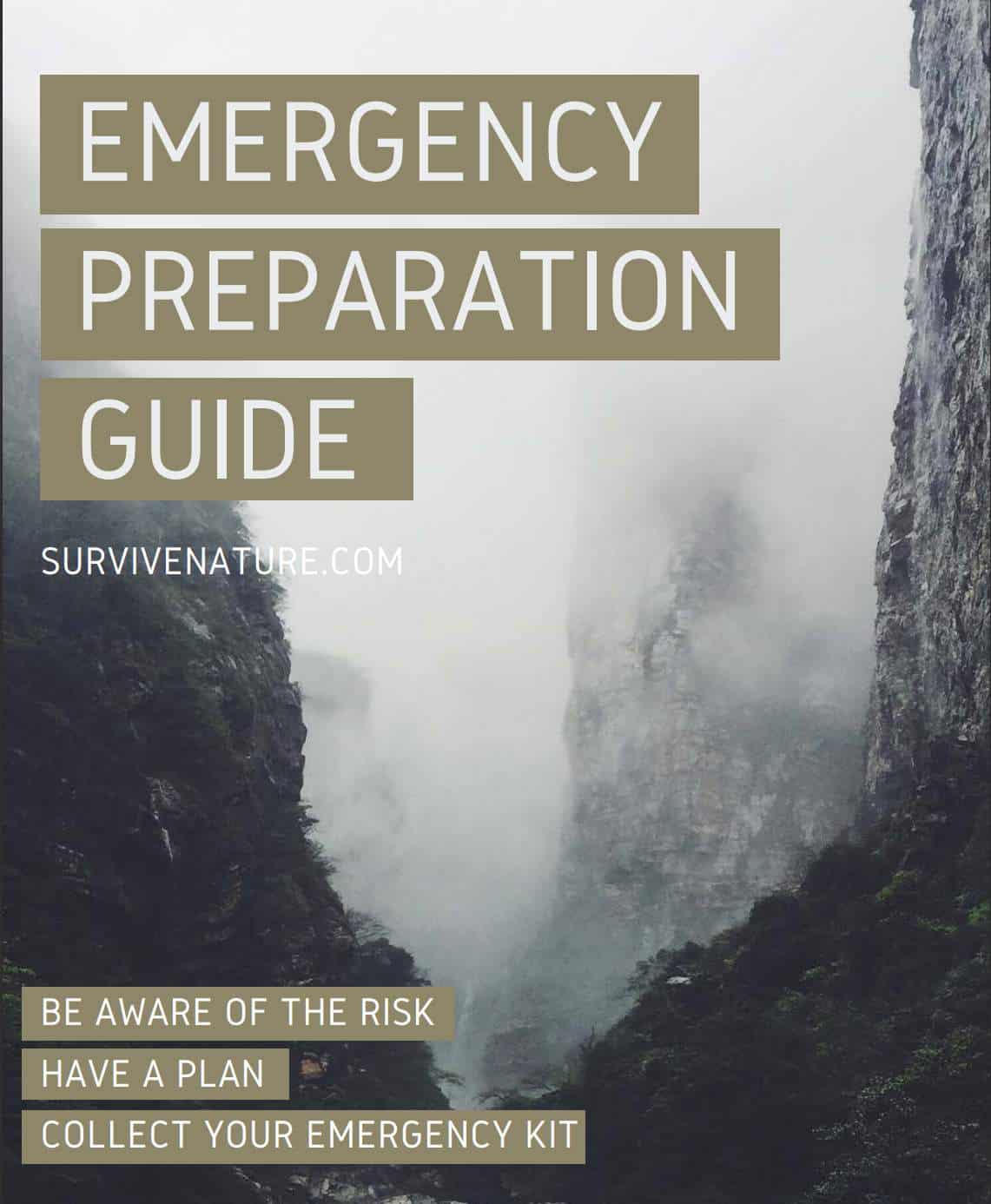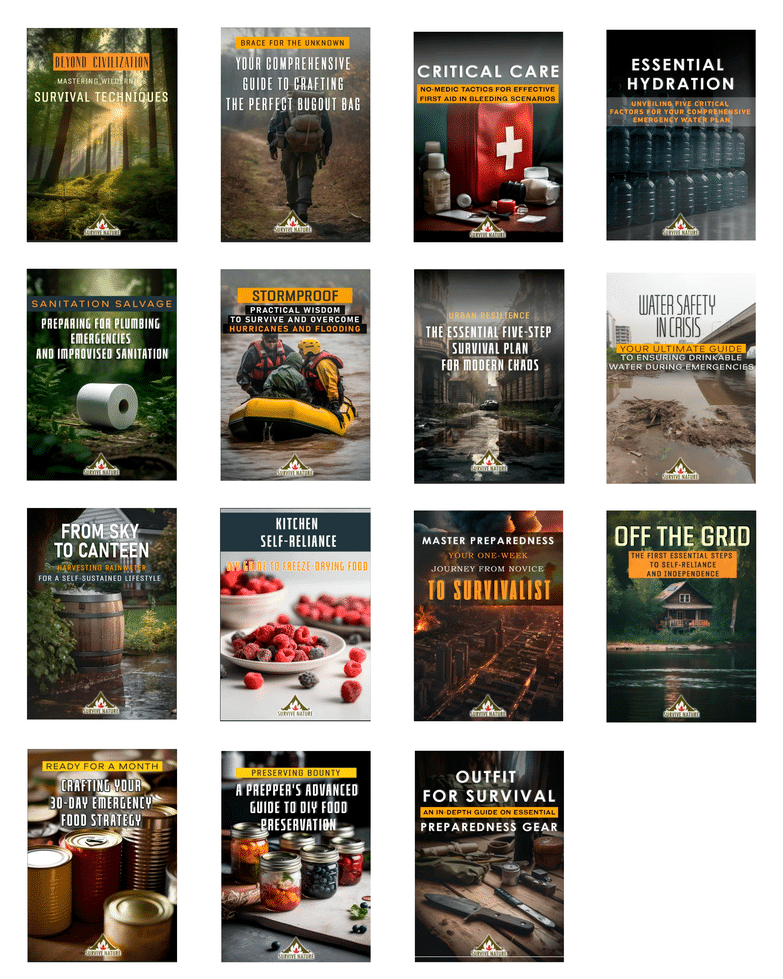Earthquakes are tremors and vibrations that happen underneath the surface of the earth. They always strike without (or with limited) warning and represent the most destructive natural disasters in the world, a fact that remains true in 2023. According to modern information, earthquakes show the process of geological transformation of Earth. It is presumed that global tectonic and geological forces cause the earth tremble, but their nature is not determined for sure. Most earthquakes frequently appear at the borders of tectonic plates.
Over the past two centuries, strong earthquakes had occurred due to ripping large open faults that come out to the surface. The best world-famous way to wait out the earthquake and reduce the risk of earthquake damage safely and successfully is to prepare for it. ‘How will I survive an earthquake’ plan, little knowledge of warning measures, and rules of conduct, in the case of earthquake drills, can significantly increase your chances of surviving this natural disaster. The earthquake safety tips in the article on our website will not make you an expert. But hopefully, they could make a significant contribution to your life-saving if you get into an earthquake situation.
Residents who live in seismically active areas like San Diego County need to know what to do before, during, and after a major earthquake. The vast majority of people who died or were injured during quakes were wounded by objects falling around them. Follow us and learn how to behave in the event of an earthquake.
Prepare For An Earthquake
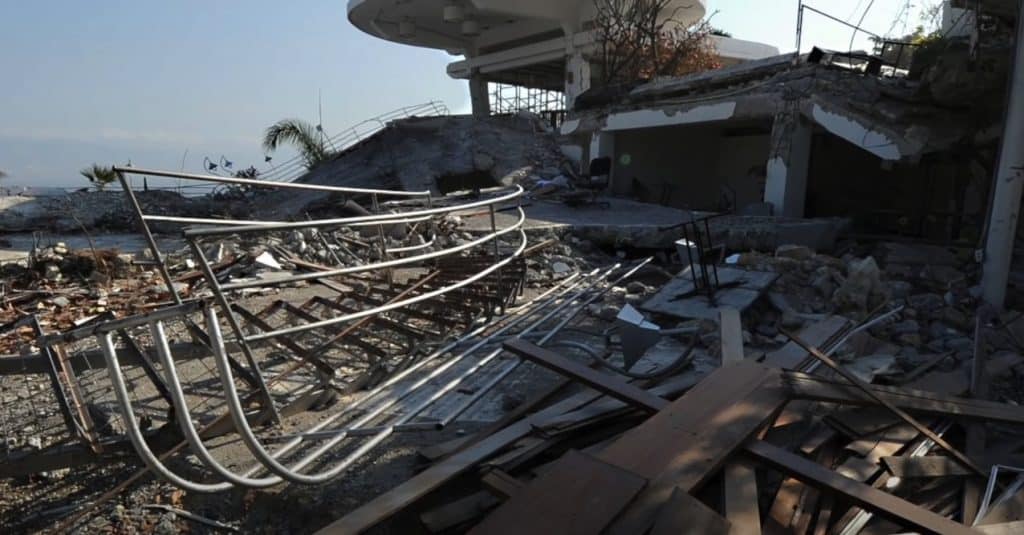
1. The Objects Inside Your Home
Examine each room on the availability of heavy furniture, which could break or fall from their places when the earthquake starts. Sometimes this problem can be solved simply by reorganization the space you live in. For instance, you can place large, heavy objects and tools from higher ground to the floor or lower regiments.
However, some situations may require a little bit of handwork, such as establishing latches on cabinets, safes, bolting bookcases, that sort of thing. Also, it is important to identify the safest places in each room. While checking your house, make sure you know how to shut off utilities, and you know where are the fuse box, water heaters, and fire extinguisher.
2. Follow Important Preparation Tips
Now we might tell you about some more important tips you should prepare in addition to an emergency plan:
- Be sure you have the phone numbers of important contacts saved on your phone or written down (like phone numbers of family and close friends, travel insurance and tour company, country rescue service).
- Search for an evacuation point near your house. It should be a large open area without overhanging trees, bridges, and power lines that could fall. Choose the area away from damaged buildings, and even outdoors, follow the earthquake safety rules.
- Consider the opportunities of secondary dangers, like landslides or tsunamis, and think about areas where you can protect yourself from these. In the first case, you can head for flat open areas. In another example, tsunami, move away for higher ground.
3. Collect Emergency Supplies
The next important step will be the assembling of an earthquake emergency kit and emergency supplies. When preparing the kit, you should consider all members of your family and their needs. And don’t forget about your pets. The detailed guide about putting together an emergency kit you can get from The Department of Homeland Security. Keep this kit in earthquake-prone areas.
Here are some of what you might need:
- Food and bottled water (for at least 72 hours), don’t forget about water purification tablets on the off-chance;
- Medical supplies and first aid kit (gauze, eyewash, pain relievers, alcohol or hydrogen peroxide, tweezers, cotton swabs, sanitary napkins) and prescriptions that any members of your family take daily;
- Your pet’s food and meds, if you own one;
- Clothes, warm clothes, blankets, and different wraps;
- A whistle to alert people;
- Flashlights (with extra batteries);
- Tools (etc. can opener, screwdriver, and adjustable wrench);
- Telephone and a charged power bank;
- Radio (also with extra batteries);
- Important documents such as your passport.
You and other potential people you live with should have a strategy for getting to safety immediately in the event of an emergency.
Do practice exercises every 6 months to make sure you and your loved ones know exactly what to do in case of an earthquake. Ask each member of your household to demonstrate the combo ‘Drop-Cover-Hold’, and then head to the appointed meeting point when the shaking stops. Appointed locations can be community centers, schools, or shelters.
Make a plan for reunification in advance as telephone connections may be limited and should only be used in an emergency.
Stay Safe During An Earthquake
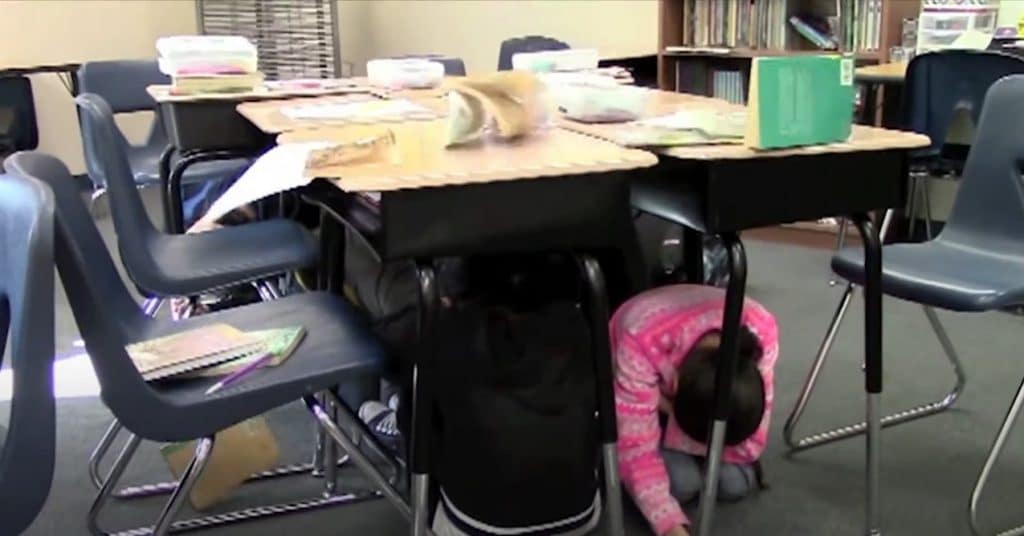
Surviving Indoors
The main rule is to always be on the alert because there are usually only a few seconds between an earthquake warning and the earthquake itself.
- First of all, turn off kitchen appliances before taking cover if safe to do so. If these appliances are left unattended, they may cause a fire. Make sure all controls on stoves, ovens, and microwaves are turned off before looking for cover.
- To have a possible escape route, open all front doors before tremors start to prevent them from jamming.
- Quickly find a safe place in the room away from windows, heavy furniture, tools, falling objects, and take cover there. It can be a bed and a sturdy table or desk. The main goal is to protect yourself and every family member from possible injuries.
- Don’t stand in a doorway as previously recommended, you’ll be safer under a sturdy table or in a corner. A doorway does not provide adequate protection against falling or flying objects, which cause most injuries and deaths.
- Stay close to the strong points of the room. If possible, try to keep away from mirrors, broken glass, windows, heavy furniture, and hanging objects.
- Stay away from the bathtub and “triangle of life.” These places carry a risk of getting injured by falling objects.
- If you are in bed, stay there self-braced. Take a pillow, cushion, or other items to cover your head and face.
- If you are in a wheelchair: lock the wheels, lean over to shield your indispensable organs, and cover your head with hands from falling debris.
When in a public building, follow the instructions of the emergency personnel. They can advise you on further steps you need to take to protect your life. For example, they may ask you to turn off dangerous equipment or move away from heavy shelves or displays.
If you are in a crowded public place, such as a store, take your time to leave, even if you see a lot of people rushing towards the exit. Move away from shelving, glass, and outside walls and find a covered place to hide in as a shelter.
You should also cover your nose and mouth with a handkerchief or piece of clothing to protect yourself from clouds of dangerous dust, particularly if you have a history of any respiratory diseases.
Surviving Outdoors
Going outdoors during the earthquake is not the most desirable solution and, obviously, the worst in terms of a disaster plan. Many people get hurt in the fall when they try to run during the shaking, trying to survive.
What to do if you still find yourself on the street:
- Go to the open area in your county where falling objects are unlikely to strike you, get on the ground, and cover your head.
- Observe earthquake safety and choose an area away from buildings, trees, power lines, and bridges.
- If you are on the shore during a strong earthquake, climb up the hill as soon as possible.
Driving During the Earthquake
- Avoid trees, buildings, and other varieties of large constructions. Find an open area and stop the car on the side of the road. Move as far away as possible from power poles and any other potential hazards.
- If you are driving, smoothly slow down and stop on the side of the road, and take cover in your car. Never stop under an overpass or other structure that may collapse.
- Pay attention to surrounding traffic and stop only when it is harmless to do so. Do not stop harshly, or cars from behind may strike you.
- Apply the parking brake and wait until the shaking stops. The vehicle may fiercely shake during an earthquake, but stay put and try to stay calm. You are safer in the car than on the street because cars provide protection from debris and falling objects.
- Turn on the radio, the channels should be broadcasting emergency and overall information. Hear messages about closed roads or dangers.
- When the shaking ends, keep driving and watch out for damaged roads, sinkholes, precarious bridges, and other potential dangers.
- If a power line trips on your car or you cannot move for other reasons, stay settled. Call emergency services and wait for the first responders.
Coastal quakes can be especially dangerous as moving soil can disrupt the water column and cause a tsunami. Tsunami warning systems can assist with some warning, it is frequently too risky to wait for the warning to reach altitude. Firstly, the time between the siren sounding and the wave hitting the shore can be short. And if the tsunami is restricted, it can completely elude detection by the warning system.
- Climb up a hill if you are on the shore or near a dam. If the shaking lasts more than 20 seconds, do not wait for a signal or warning to escape. Get to land at least 30 m above sea level or 3.2 km from the coast.
- Keep your distance between yourself and the shore.
- Although a catastrophic failure is questionable, an earthquake could cause flooding downstream of the dam. If you live in a floodplain, move to a higher area.
- Check evacuation plans in advance if you live near a dam in an earthquake-prone area.
For example, in 2018, a sudden tsunami devastated parts of Indonesia, somewhat due to the special geometry of the channel through which water was directed to land. Moreover, like the 2018 Indonesia tsunami, shaking cell towers overturned could prevent the transmission of potential warnings.
‘Drop-Cover-Hold’ Rescue Combination
Everyone in a family, including children, know how to use this survival combo. Practicing what to do during this type of disaster takes less than three minutes. In summary, in almost every situation, you use three simple actions: drop, cover, and hold, which is the course of action recommended by the U.S. and international emergency management organizations. Let us describe each of these safety tips:
- Drop. There you need to get on your hands and knees to protect yourself from falling. This is a good way for the movement in search of hiding place: sturdy table, sturdy desk, and so on.
- Cover. Place your arm over the head and neck to shield them from falling debris. Then head to a nearby table or desk or another cover to wait there until shaking stops. If you don’t see any cover, go to one of the accommodation’s interior walls, away from tall objects that can fall and hurt you. It is widely believed that doorways can protect you better, but Earthquake Country Alliance claims that it is true only if you live in an “old, unreinforced adobe house.” In modern structures, other parts equally strong enough.
- Hold. Stay still until the shaking stops. If you are under a cover, hold on to it with one hand. If you are outdoors, keep yourself safe, cover your head with arms and hands.
- Always remember these three actions: drop, cover, and hold.
When An Earthquake Is Gone
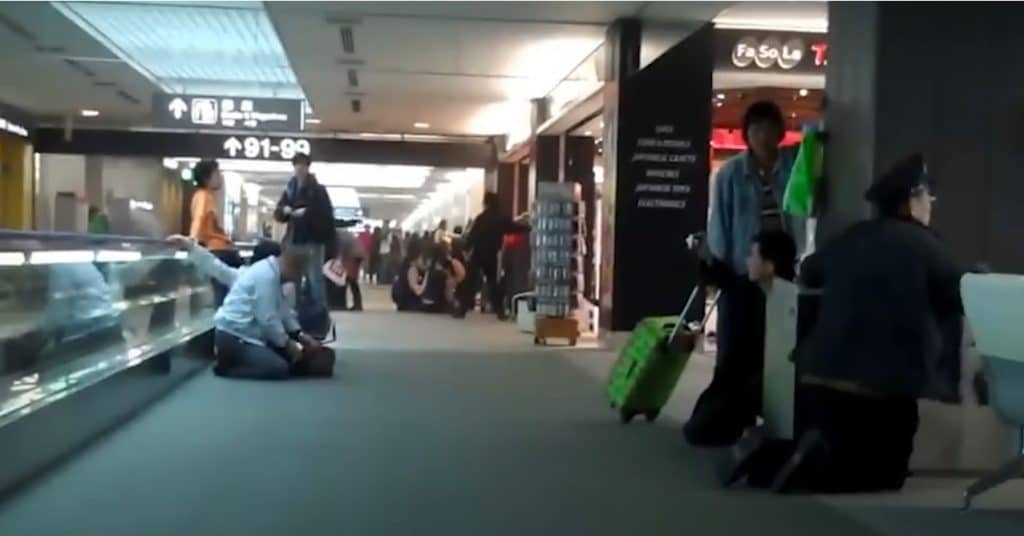
- As soon as the shaking subsides, prepare yourself for the other ones. First of all, check for injuries yourself, family, and all the people around you. This is necessary because of adrenaline people initially won’t feel pain. Then check the building for damage, gas leaks, or fires. Make sure water heaters, gas, and electric lines are intact, and carefully turn them off if you can. If you smell or hear a gas leak, get everyone outside the building, report the leak to the gas company and fire department.
- After that, get to your evacuation point with your emergency kit if it is safe to do so. If it turned out that you and other people are inside a severely damaged structure, get out as soon as possible. But if you are trapped, the most important thing is to stay calm. Protect your eyes, mouth, and nose from the dust and debris, then call or text someone from your important contacts you saved and ask for help. You can get responders’ attention also by whistling or shouting.
- If you are outside, beware of objects that could fall, such as electrical lines and ruptured gas pipes or precarious structures. Stay away from buildings, if possible.
- If you have put together an emergency kit following the mentioned survival guidance, you might have the radio. Turn it on and wait for updates. Pay attention to warnings and instructions from official world organizations like the United States Geological Survey (all rights reserved), and be careful about what you see on social media. In instances like earthquakes, misinformation spreads with great speed. To let your family members and close friends know what you are alright or check their status and make sure they safe, visit Red Cross’ Safe and Well website.
- Be careful with debris after exiting cover, avoid broken glass and rubble. If you do not have shoes, step carefully, and be extremely cautious. Take a pair of thick-soled shoes, and if you are wearing lightweight clothing, wear long-sleeved pants and a shirt.
- If you are trapped, do not scream as you risk breathing in dust. Instead, send a text message or call the emergency services, knock on a hard surface, or, if you have one, blow the whistle to alert the first responders of your location.
- Make sure you had made every effort to take an active role in your safety. In this article, we presented the most common cases you can refuse. Each mentioned website, case, advice, and recommendation on the necessary tools you might need in case of an earthquake can help you survive someday. Earthquake is an unpredictable world spread disaster, do your best to protect yourself, your family, and people around you.
Rendering Emergency Assistance
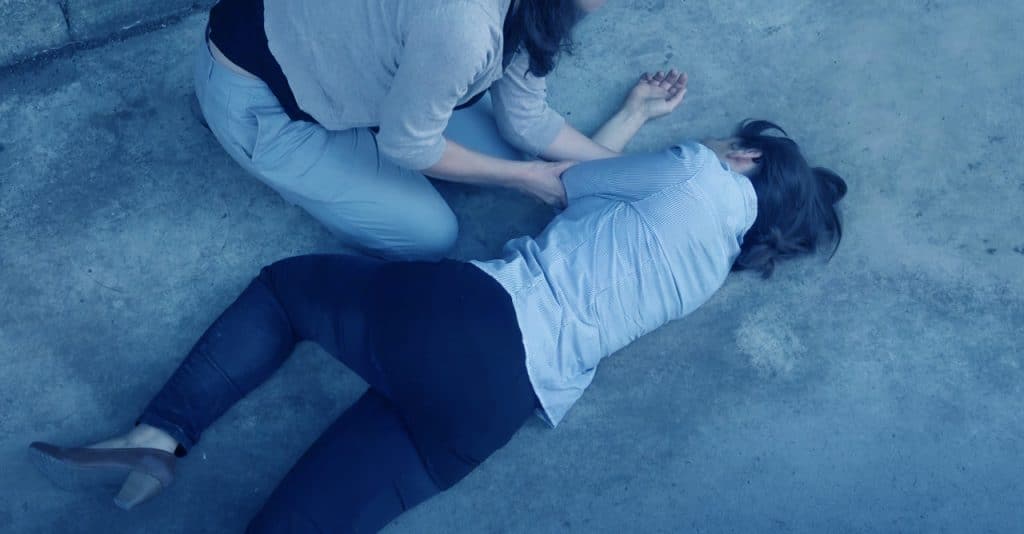
- To perform cardiopulmonary resuscitation, put one hand in the middle of the person’s chest and grasp the first with the other. Keep your arms straight as you press straight on your chest at about 100 beats per minute.
- If strong pressure does not stop bleeding, use a belt or any type of bandages to apply a tourniquet. Wrap it 2–3 inches (5.1–7.6 cm) over the injury towards your torso. For a thigh wound, place a tourniquet over the groin wound to restrict blood flow from the heart.
- Press down on the wound to stop the bleeding. Fill the wound with sterile gauze or a clean cloth and apply firm pressure.
- If someone is severely injured or becomes unconscious, do not move them unless the building is structurally fragile or is otherwise in immediate danger.
Safety Tips If You Travel Around The World
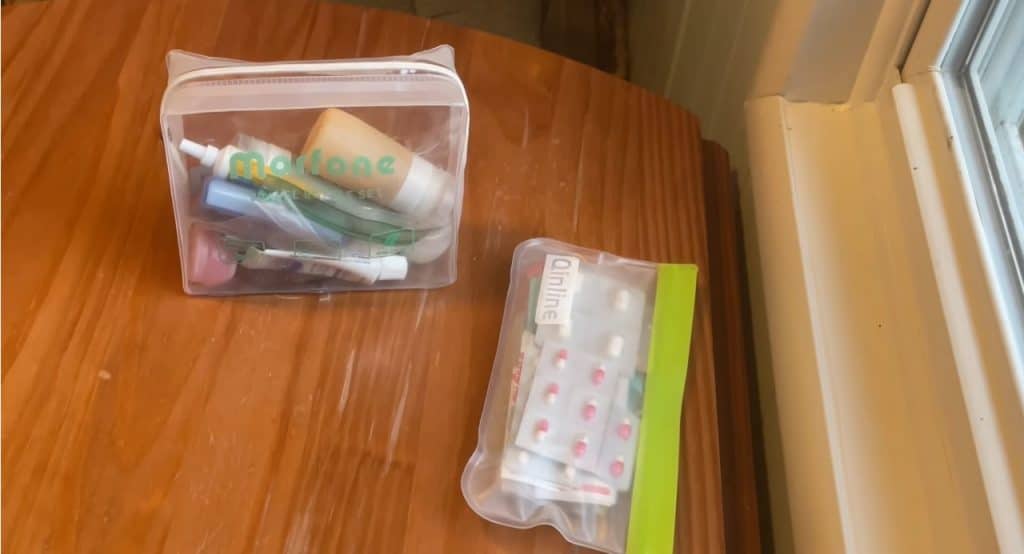
Earthquakes can happen at any time, but regrettably, there’s no way to foretell exactly what time and place an earthquake will take. Earthquake detectors can give about 10 seconds warning, and such apps often alert you hours before the earthquake results.
If you are traveling to a region where earthquakes more luckily to happen, here are a few safety tips for surviving and staying safe in the case of such a disaster.
- When on vacation, always take your first aid kit with you, a fully charged portable charger, and all the necessary documents.
- Write down the local emergency number, which you will easily find in case of big trouble.
- It will also be useful to tag one of the bags with your contact info and address where you came from. Also, don’t forget to write someone else’s phone number to whom people can call in an emergency.
- Do not forget that you need to keep your eyes open for safety reasons on vacation. Avoid places with old large disintegrated trees, power lines, bridges, and overpasses.
- Be prepared for any event other than an earthquake. Remember also that such natural phenomena include tsunami, landslide, forest fires, and even a volcanic eruption.
- Upon arrival at the hotel or house in which you will be staying during your vacation, immediately mark for yourself the safest parts of your room, as well as spaces that do not have windows, heavy furniture, or other things that may fall on you.
Crucial to Remember
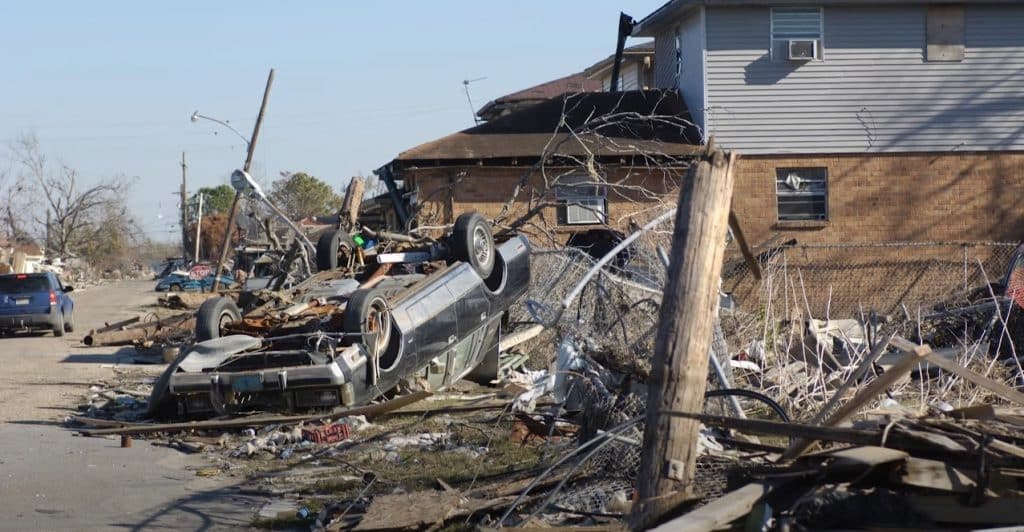
In most cases, help always finds victims and then helps them. The most valuable thing you can do in every situation is to take care of yourself and your loved ones.


